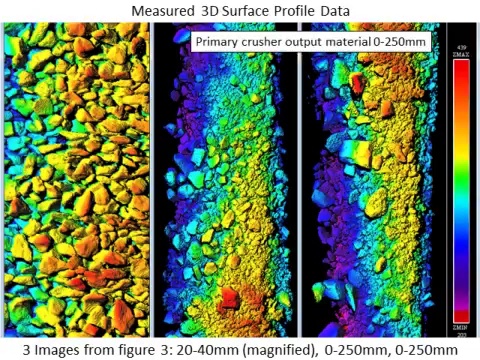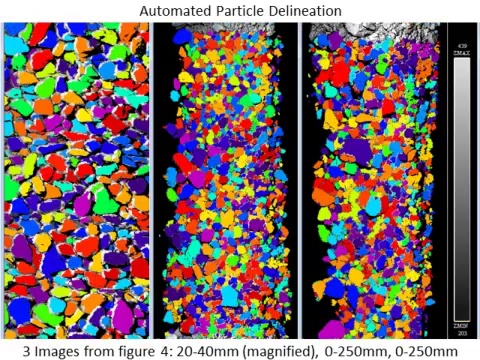How can i get the second image using opencv or image processing
 from this image which operation should i do to get
from this image which operation should i do to get

 from this image which operation should i do to get
from this image which operation should i do to get

Asked: 2016-08-02 06:07:27 -0600
Seen: 188 times
Last updated: Aug 02 '16
Tricky image segmentation in Python
RGB2Gray::operator() causing segmentation fault when using Python
Face-detection/recognition + segmenting + tracking Difficulty
word segmentation using OpenCV
pyramid_segmentation.py crashes with any different input image
How to segment a part of any object for counting purpose as per given binary image?
Grabcut and foreground image extraction
the 1st image looks like a color-mapped visualization of 3d data. you sure want to work with the original data, not the latter.
what should i do should i go with watershed algorithm
watershed is a good idea, you just need a "seed" point for each region
how can i do it can you point me some examples
can you show us, how the original data looked like ? not a false-color screenshot with a text overlay (which is pretty useless, imho.)
watershed sample
hope this helps
It looks like you should map it so that the colors are intensity values, then blur, and find local maximums. Use those as your watershed seed points.
How about giving us the publication from which you are ripping the idea from? I am pretty convinced that it simply states how they done it ...
this is the link but its not in there
sorry, but after a quick glance at the paper, i have to downvote your question.
(did you even read it ?) they're deriving their segmentation from 3d laser scanner, not a 2d false-color img.
so, your question is quite hypothetical (it would not ever been done in the way you asked), and you're just wasting anyones (including your own) time here.